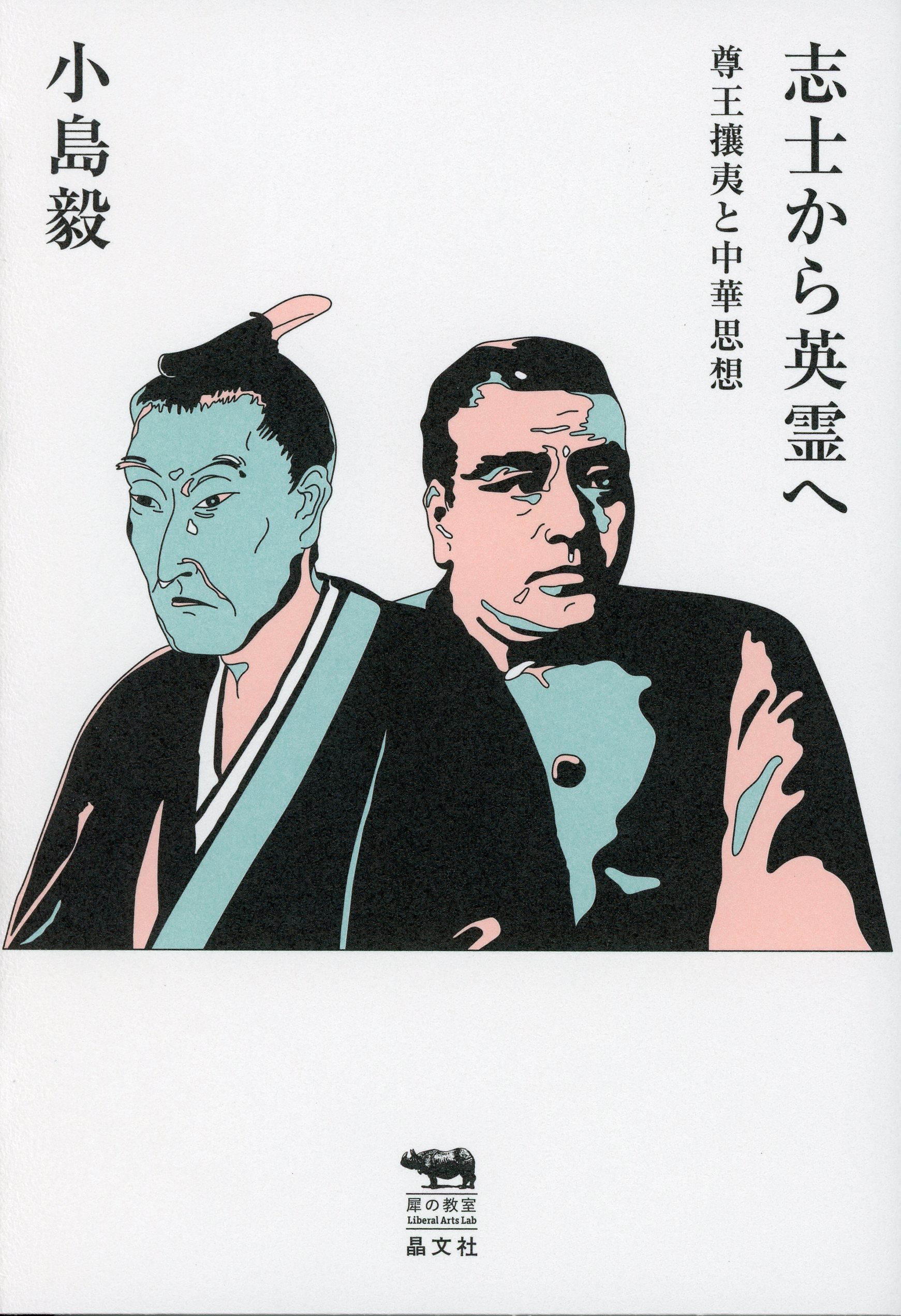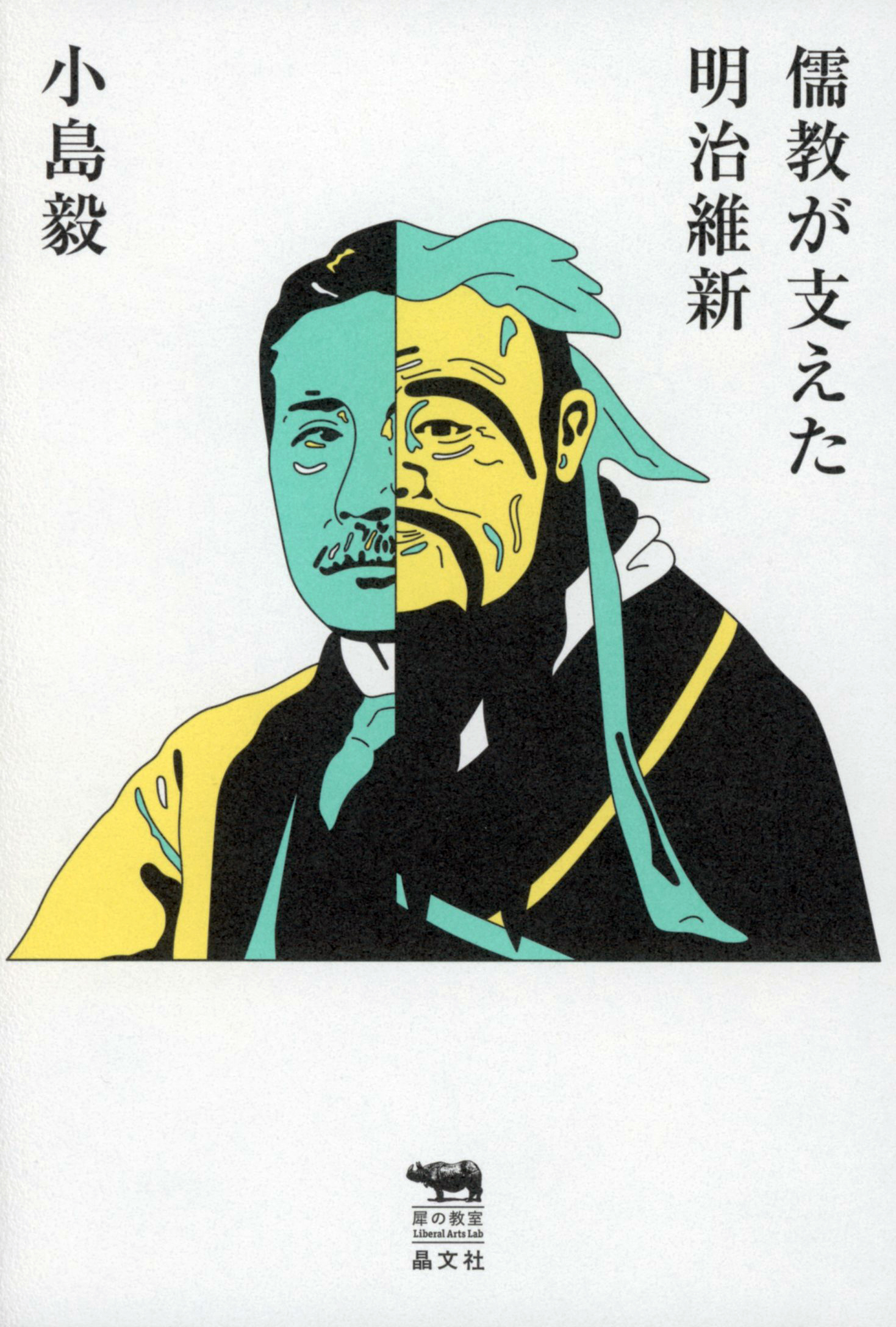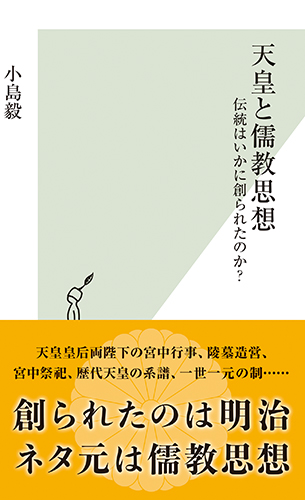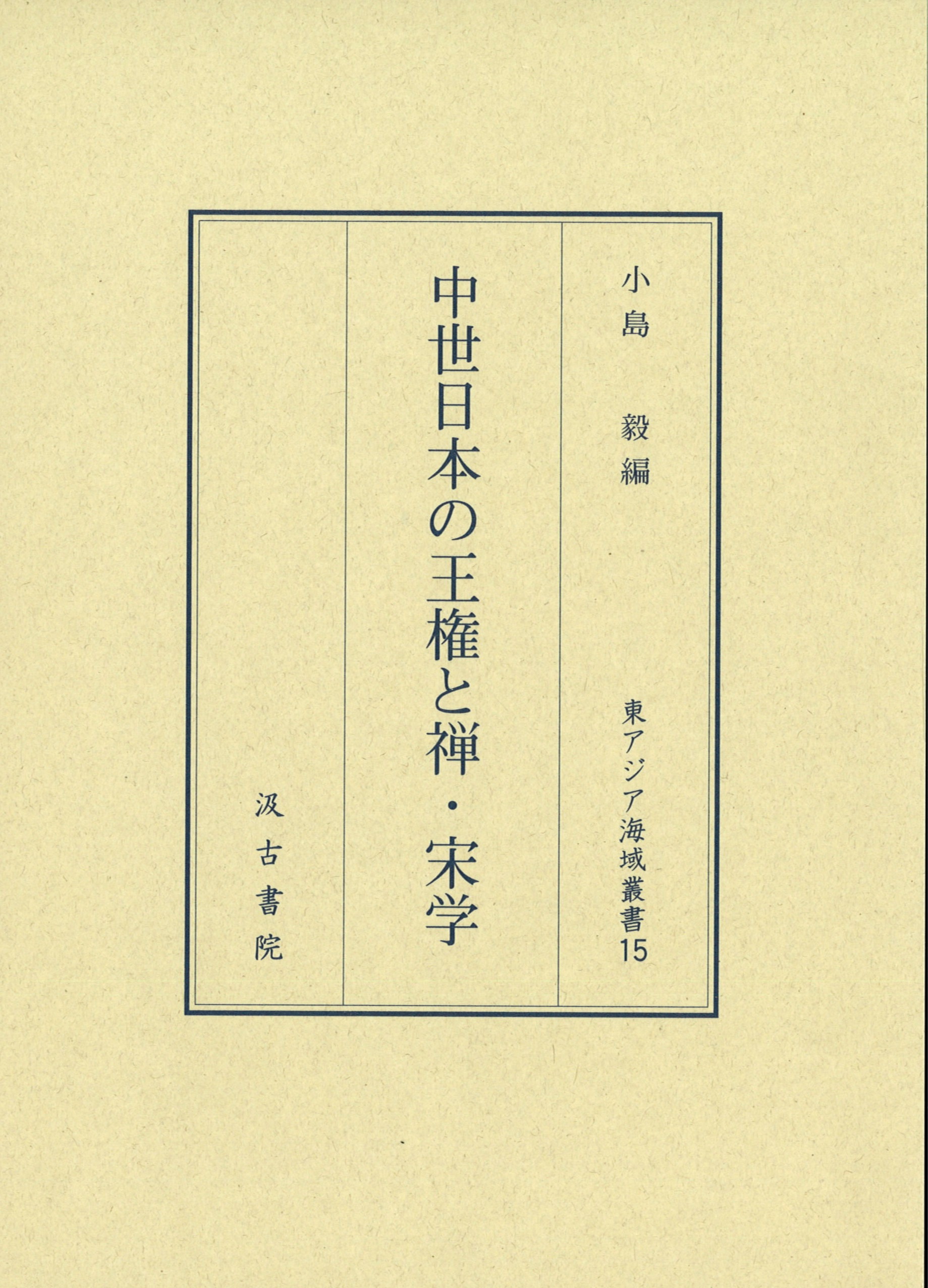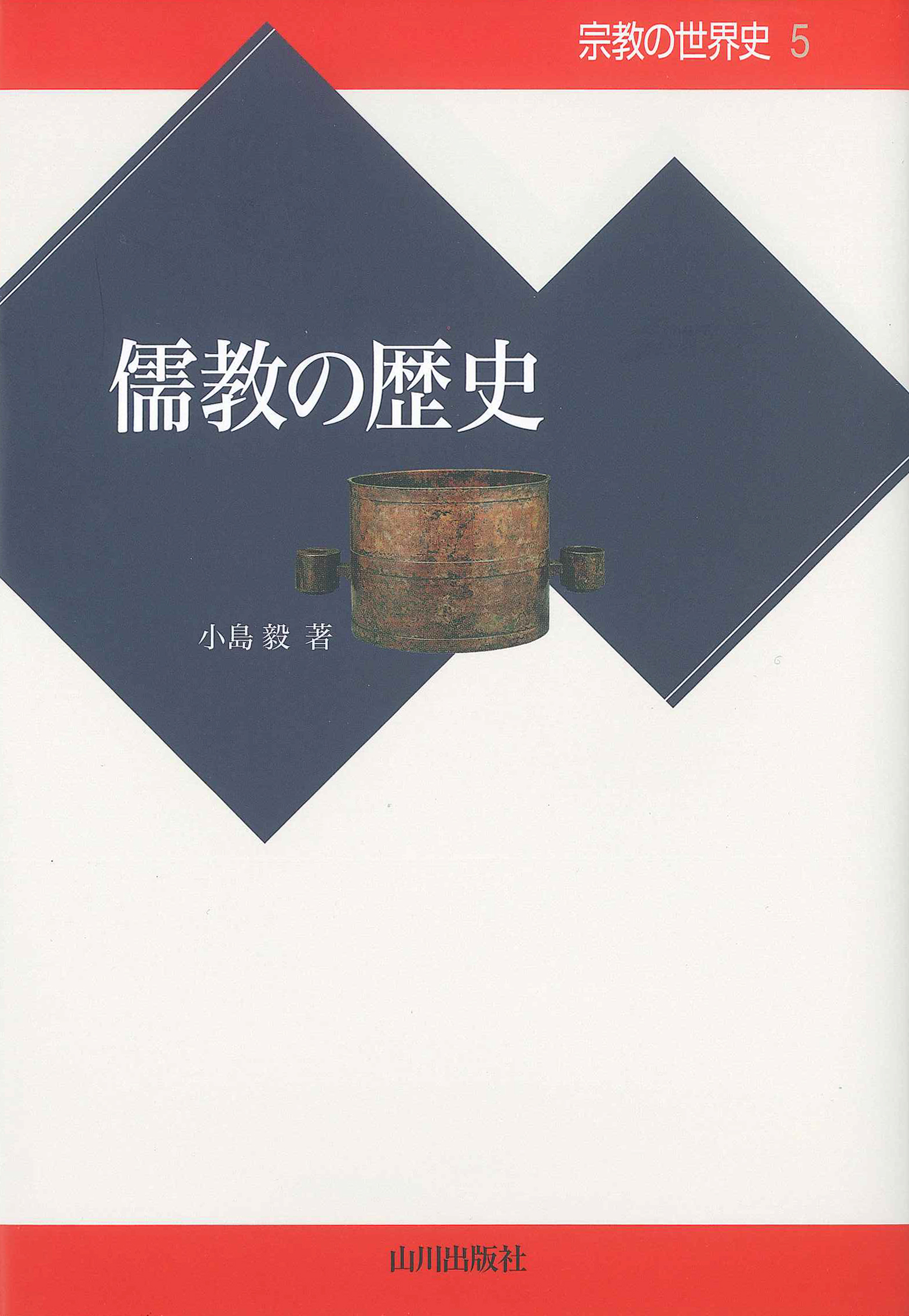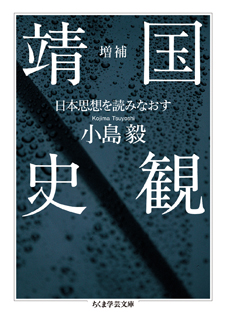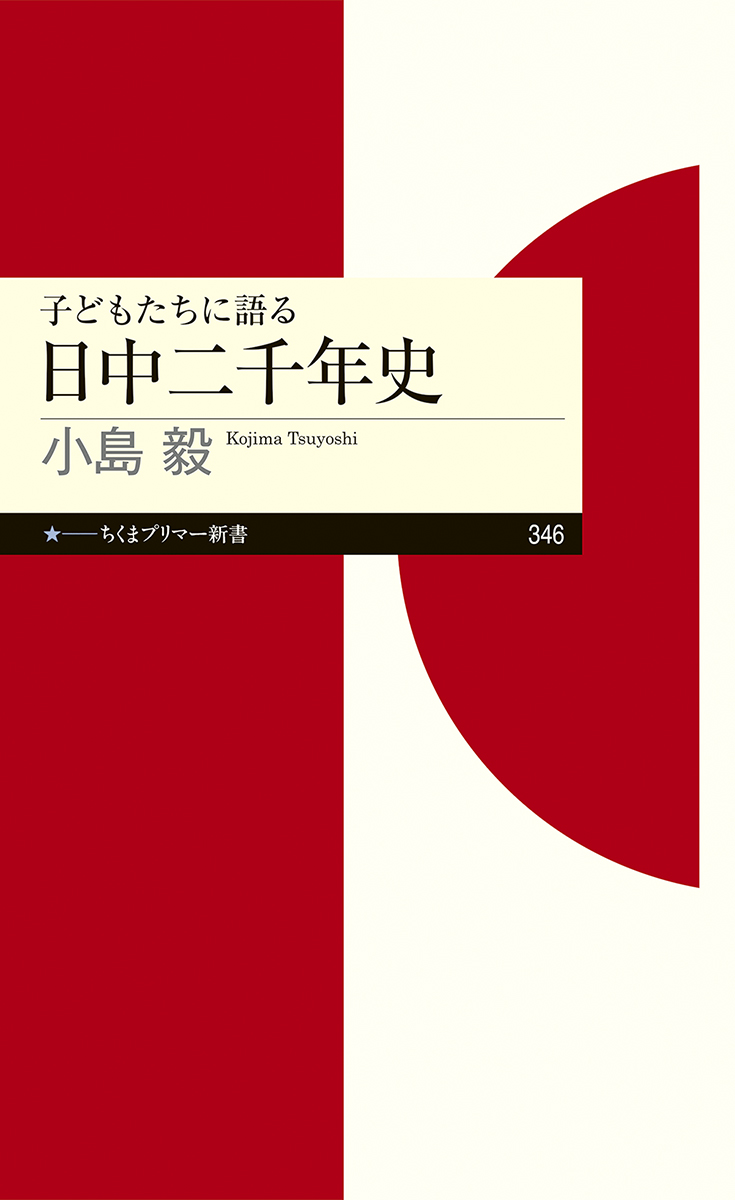
Title
Chikuma Primers Kodomotachi ni Kataru – Nicchu Nisen-nen-shi (Two Thousand Years of Sino-Japanese History for Children)
Size
288 pages, paperback pocket edition
Language
Japanese
Released
March 05, 2020
ISBN
978-4-480-68370-0
Published by
Chikumashobo
Book Info
See Book Availability at Library
Japanese Page
This book is based on a series of five lectures I gave as part of courses for adults called “Chikuma University” and sponsored by the publishing house Chikuma Shobō. These lectures were aimed mainly at high school students, but school teachers and the general public also attended. Recordings of the lectures were transcribed, and they were then considerably revised by changing the order of the topics discussed, touching up the contents, and so on.
The history of Japan has always been under the overwhelming influence of its neighbour China, a global power. The benefits of Chinese civilization can be traced back several thousand years to the introduction of the cultivation of rice, but the first diplomatic relations between the two countries occurred when the king of Nakoku in Japan sent tribute to the Later Han dynasty in A.D. 57. The present book tells in concrete detail the story of the many vicissitudes in the history of relations between Japan and China since then over the course of two thousand years.
Every year, the exam on Japanese history set by the National Center for University Entrance Examinations includes questions dealing with Japan’s relations with China and Korea. This trend has become noticeable since the start of the twenty-first century, and it reflects revisions of the official guidelines for school teaching and corresponding changes in the contents of textbooks. Moves to understand the history of Japan within East Asia as a whole, rather than describing Japanese history only within the confines of the Japanese archipelago, or the current Japanese state, have come to be shared by academic circles. The teaching of Japanese history at high school has changed considerably from when I was studying at high school about forty years ago. This book enumerates and describes things that I would like not only “children” but also “adults” to know. Even some of my colleagues at the University of Tokyo have in fact commented that it includes much that they did not know.
For example, everyone knows about the land of Yamatai, the five kings of Wa (Japan), and Japanese embassies to Sui and Tang China. But it is not generally understood that the so-called “tally trade” with China during the medieval period involved in fact tribute missions or embassies to Ming China. In connection with the early modern period, the term “maritime prohibitions” is preferable to “national seclusion,” for although Japanese were not permitted to travel to China, the continuing assimilation of contemporary Chinese culture through imported goods had an influence on Japan’s traditional culture. During the “unfortunate history” of modern times, changes in perceptions of China in the nineteenth century (from yearning to contempt) had a considerable effect on the Japanese psychologically.
Currently, political and diplomatic relations between Japan and China cannot be described as satisfactory, and national sentiment towards China is not very good. But during the past two thousand years periods when relations between the two countries were amicable have in fact been rare. However, the cultural influence that Japan has received from China, even in times when there were no diplomatic relations between them or they were at war with each other, has been enormous and its benefits have been immeasurable. This book was not written with the aim of preachifying about how the two countries should get along with each other, but rather in order to apprise readers firstly of the historical facts.
(Written by KOJIMA Tsuyoshi, Professor, Graduate School of Humanities and Sociology / 2020)



 Find a book
Find a book


